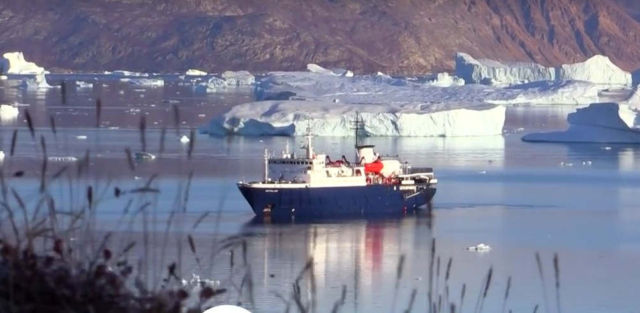Glaciers might look like just lifeless frozen wastelands, but they are not! There are unique ecosystems hidden inside of them.
Dr Arwyn Edwards from Aberystwyth University, the leader of a research on a grainy, soil-like substance found on the surface of Arctic ice known as cryoconite, which is made of dust and industrial soot glued together by photosynthetic bacteria.
Their dark color attracts sunlight and are speeding up the glacier melting process
Up to now they are not considered in current climate change models.
Dr Edwards said:
“If we recognise ice surfaces as a living landscape we can see that the microbes themselves are able to change the glacial surface. It’s only recently that we’ve begun to understand that these cryoconite holes are dynamic, changing in size and shape. Microbes are capable of ecosystem engineering and respond to changes in their environment all the time.
As the biologically productive areas of glaciers and ice sheets expand due to climate change, these microbial processes can influence their melting more and more. In the long term, this contributes to the loss of glacier habitats, and the unique microbial biodiversity living on them.”






Leave A Comment